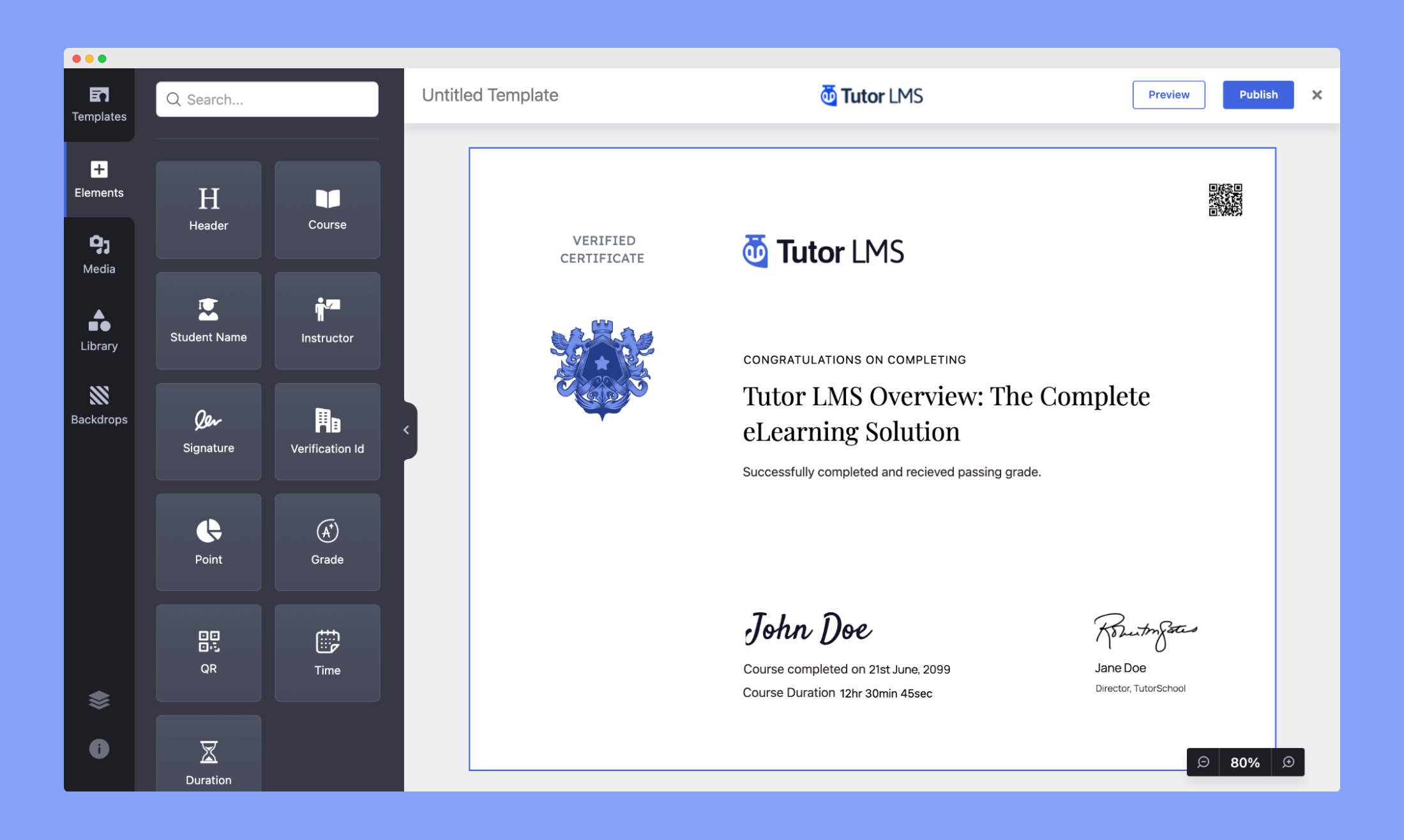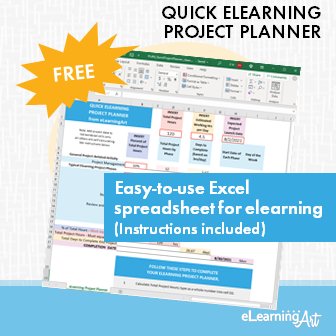
A non traditional student is someone who has not completed their high school diploma and is looking for a college education. This group can come from many backgrounds. For example, they may be older, single, or have children. You have many options for furthering your education regardless of what their situation is. These options are often less expensive than traditional college courses and may be more flexible.
Non-traditional students can live in many different situations.
Non-traditional students are students who find it difficult to attend college due to various life circumstances. These students are generally older than traditional college students and often have families, work, or other obligations that prevent them from attending school full time. Many non-traditional students take a year off before starting school, work part time, or live off campus.

They are more senior
Non-traditional students are often older than traditional students and have unique challenges. Aside from the age difference, non-traditional students may have a wide range of life experiences and may have children. They may have been to college already or work full-time. You may also find them not living on campus.
They are either partnered or unmarried
Students who aren't traditional often lead a different life than school. They could have family responsibilities, or they may be married or single. They could work part-time while attending school full-time. They might also be older than the average undergraduate student. Non-traditional students face unique difficulties while attending college, no matter what their personal circumstances.
They have kids
Non-traditional students might be forced to postpone starting school for many reasons. First, taking care of a child means that you have to take time off from studying and college work. Another reason is that nontraditional students may have to hold down a full-time job in order to attend school. They also may not live on campus.
They enroll in online classes
These students make up a significant portion of US college and university student body. They come with different backgrounds, different life experiences, unique challenges. Many may have full-time work and family responsibilities. They must manage their work, family, financial, and social obligations while in college.

They are more productive than traditional students.
Researchers conducted a study to compare traditional and nontraditional students. This was done based on their learning hours, preferred learning formats, and grade points average. Results showed that nontraditional students had more free time and spent more time working outside of the classroom than traditional students. Traditional students were also more likely to study and be fully enrolled in class. The difference in the two groups was not as dramatic as one might expect.
FAQ
What are the differences between e-learning? Which are their purposes
There are three major types e-learning.
-
Content delivery – This type of elearning is designed to give students information. These include lesson plans and textbooks.
-
Instructional design: This type e-learning helps learners to develop their skills. Examples include tutorials and simulations.
-
Learning management – This type of eLearning gives instructors tools to organize and track student activity. You can use discussion forums or virtual classrooms as examples.
What are the main obstacles to e-learning's success?
E-Learning faces a major challenge that is not technical in nature but is cultural. It's about people.
Understanding their motivations and learning styles is crucial. Online learning is also something they enjoy.
This is where we have to find ways to make this experience as natural as possible.
What is the biggest challenge in online learning?
Students must be engaged throughout the course. This is the biggest problem. Students must be interested in the course. If they don't, how can you expect them to learn anything? Giving students many options is the best way to keep them focused. It means that they can choose the modules they wish to study first, the chapters they wish to read next, the exercises they would like to attempt, the tests they would like to take, the assignments they would like to start working on, as well as which websites, videos, and games they'd like to play.
How can I decide which eLearning platform I want to use?
There are thousands of eLearning platforms available today. Some platforms are free, while others can be more expensive.
Ask yourself some questions when choosing between these options.
-
Are you interested in creating your own learning materials? If so, then there are plenty of free tools available that allow you to create your own eLearning courses. These include Adobe Captivate (Articulate Storyline), Lectora (iSpring Suite), and Camtasia.
-
Are there eLearning courses that can be purchased pre-packaged? Several companies sell pre-packaged courses. These courses cost between $20 and $100. Mindjet (Edusoft), and Thinkful are three of the most highly-respected.
-
What if I want to combine both? Many people find that they get better results if they combine their own materials with the ones provided by companies.
-
Which option is best for me? It all depends upon your situation. If you are new at eLearning you may prefer to create your own material. Once you are comfortable with eLearning, however, you might want to purchase a pre-designed course.
What systems are used in e-learning?
E-learning refers to an online learning system that allows students to access information from a computer screen. It allows for interactive activities such quizzes or tests, as well as discussions.
E-learning also includes web programs that provide access to online information through a computer. This program is often referred to simply as "online educational."
What are the benefits for students and teachers of elearning?
E-learning can lead to better learning outcomes for both students as well as teachers. It allows learners to access information anywhere and anytime they want. E-learning empowers educators to connect with their students using technology in a way that was not possible previously.
E-learning gives teachers the ability to provide personalized instruction and support students' progress. This leads to increased motivation and engagement among students. E-learning is a great way for teachers to learn communication, collaboration, and critical thought skills. Teachers can use it to improve their teaching by offering opportunities for reflection on other's experiences and self-reflection.
E-learning reduces the costs of training. To train a class on a new topic, for example, a teacher will need to spend money on books and materials. However, you don't need to purchase duplicate material if it is easily available online.
Statistics
- Interestingly, students' participation in online training grew by 142% in the past year alone, indicating how quality education and up-to-date teaching pedagogy are preferred by learners and working professionals to upskill across India. (economictimes.indiatimes.com)
- India's PC market clocks 9.2% growth to 3.4 million units in the September quarter (economictimes.indiatimes.com)
- Hedonism incorporates intrinsic motivation, including novelty, challenge, excitement, and pleasure (Schwartz et al., 2012), which is likely to predict user perception of e-learning enjoyment. (sciencedirect.com)
- E-learning is intended to enhance individual-level performance, and therefore intend to use of e-learning should be predicted by a learner's preference for self-enhancement (Veiga, Floyd, & Dechant, 2001). (sciencedirect.com)
External Links
How To
What are some examples e-learning? What are the potential benefits of elearning?
There are many types of e-learning, including:
-
Distance Learning – A distance learning program is conducted entirely over the internet.
-
Onsite Training- This is a program where a group of people come together to receive training.
-
Virtual Classroom - A virtual class allows students to interact with teachers and experts through chat rooms, forums and other means.
-
Webinars - Webinars are live presentations delivered over the web. They allow you to connect with your audience in real time.
-
Self-Paced courses - These courses do not require an instructor, and can be completed at your pace. You can access the course from wherever you are at your convenience.
-
Interactive Tutorials - Interactive tutorials are designed to teach users how to perform specific tasks.
-
Social Media Learning Platforms: Social media platforms such as Twitter and Facebook offer a great way to learn. Students can post ideas, ask questions, get feedback, and even share them with their peers.
-
Online Forums – Online forums can be a great place to discuss topics that are relevant to your area of study.
-
Podcasting: Podcasting is creating audio files which can be downloaded later and listened to.
-
Video Conferencing -- Video conferencing lets two or more people connect virtually.
-
Mobile Apps: These are apps that are specifically designed for smartphones and tablets.
-
Online Quizzes – Online quizzes allow you to quickly assess your knowledge on a particular topic.
-
Discussion Boards- These forums allow users to communicate with each other, post messages, and receive replies.
-
Website Content Management Systems (CMS) - CMSs are software systems that enable website owners to easily update site content.
-
Blogging - Blogs allow visitors to comment and share their opinions.
-
Wikis - Wikis are collaborative sites that allow multiple users to edit pages simultaneously.
-
Chat Rooms: Chat rooms are an online area where users can communicate with one another.
-
Email Lists - Email lists are groups of email addresses where you can send messages.
-
RSS Feeds – RSS feeds can be described as news aggregators that gather articles from multiple sources and present them in an easily-read list.